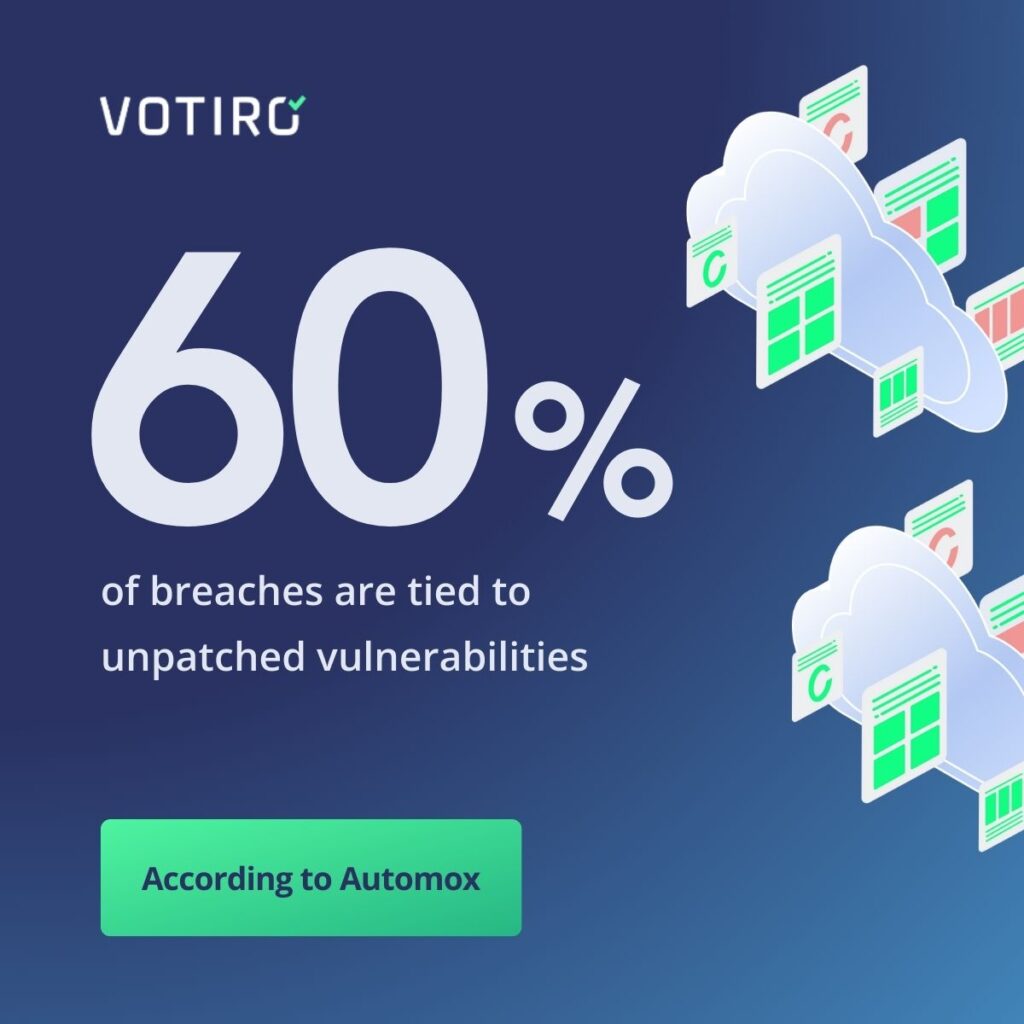Unmasking the Phishing Threat: Beyond Training and Patching

Despite the growing awareness of phishing attacks and the implementation of employee training programs, the persistent nature of this cyber threat continues to loom ominously over the corporate world. It’s a stark reminder that people, as much as we strive for perfection, are inherently imperfect, and slip ups are bound to occur. The danger arises when these well-intentioned employees inadvertently click on a phishing email, unwittingly opening the gateway to a world of digital peril.
Even more alarming is that much of the malicious software unleashed through such actions manages to evade the watchful eyes of traditional antivirus programs, sneaking past detection filters like a shadow in the night. Once inside, this perilous software, often armed with known vulnerabilities, escalates its assault, leaving organizations vulnerable to potentially devastating cyberattacks. In the relentless cat-and-mouse game between cybercriminals and corporations, it’s evident that merely relying on employee training and maintaining patching is insufficient; a more robust defense strategy is necessary.
Patches lead to Exploitation
Challenges surrounding the ability to adequately maintain patches can create footholds for cyber threats. Rather than executing a complex attack and developing novel ways to break into an organization, it’s far faster for cybercriminals to take advantage of known exposures. A study from Automox reveals a disturbing reality that 60% of breaches are directly tied to unpatched vulnerabilities.

It’s not just that these vulnerabilities create exposures. The challenge also lies in how quickly they do so. According to a survey conducted by the SANS Institute in 2023, attackers quickly capitalize on vulnerabilities, utilizing them a staggering 66% of the time within the first seven days of discovery. In this period, a patch may not be available, let alone be validated by an organization for installation in their environment.
Patch Management is Hard
Patch management is undeniably challenging for many companies, and they struggle to implement effective practices for several reasons. First and foremost, the sheer volume of systems that require patching, coupled with inadequate or non-existent automation, can overwhelm even the most diligent IT teams. This often leads to a staff shortage, as the manual effort required to keep up with patches becomes unsustainable.
Another obstacle is the critical systems that cannot afford downtime, making applying patches without thorough testing risky. Consequently, organizations face the problem of balancing security with operational continuity. To exacerbate matters further, rigorously testing new patches to ensure they won’t disrupt essential systems often leads to lengthy patching timelines. This delay inadvertently creates windows of vulnerability, exposing organizations to potential cyberattacks during these extended periods. In navigating the complex landscape of patch management, companies must find ways to address these multifaceted challenges to safeguard their digital assets effectively.
Failures to Patch Amplify Phishing Impacts
Failing to patch software vulnerabilities isn’t just a technical oversight; it’s a gateway for cybercriminals to amplify attacks with dire consequences. When organizations neglect patching, they leave themselves vulnerable to direct attacks and exploitation by opportunistic hackers. But, the attack is not always limited to just the endpoint. Cybercriminals have escalated attacks using seemingly harmless software, such as Excel, targeting Exchange servers, disrupting mail operations, distributing malware, and stealing valuable data.
The vulnerabilities are simple for attackers to discover. They offensively leverage vulnerability scanners, which are commonly used by organizations to find their own exposures to find targets. This allows them to craft their phishing attacks with payloads designed for the known vulnerability, ensuring that any lapse will quickly escalate.
Mitigating Phishing by Addressing Vulnerabilities
Addressing the issue of cybersecurity vulnerabilities goes beyond the straightforward directive of patching faster or more precisely, although these aspects are undeniably crucial. The solution demands a multifaceted approach, recognizing scenarios where traditional patching isn’t feasible. Organizations must adopt a more comprehensive strategy in cases involving zero-day exploits or essential legacy software integral to enterprise operations. This entails a blend of proactive risk management, enhanced monitoring, and rapid incident response to safeguard against threats that may not have a readily available patch.
Upping Your Patching Game
The first step in your defense against phishing attacks is to improve how patching is managed.
Automation is Key
Organizations must harness the power of automation and refined processes to ensure that patches are released and applied promptly. Automation can streamline the often cumbersome task of identifying and deploying patches across many systems, reducing the risk of human error and significantly speeding up the response time to emerging threats. Coupled with well-defined processes, this dynamic duo can ensure a more agile and efficient patch management system, equipping companies to stay one step ahead of cyber adversaries.
Building Controls for Zero Days
Organizations must go beyond patching and employ proactive measures to create a stronger phishing defense. These measures must stop the software threat that comes with many phishing attempts. Antivirus (AV) solutions play a pivotal role in this defense, eliminating known malware strains favored by cybercriminals, which often serve as vehicles for deploying known exploits.
Look to Solutions Like CDR
Augmenting security measures like AV can be done by implementing Content Disarm and Reconstruction (CDR) technology, which ensures incoming files undergo meticulous scrutiny, with high-risk content surgically removed while preserving file quality and user workflows. This emphasis on seamless, simple, and effective controls represents a holistic approach to fortifying an organization’s cyber defenses, allowing it to navigate the treacherous waters of zero-day threats with greater confidence and resilience.
Votiro: Your Key to Advanced Phishing Defense
Build a proactive threat defense against phishing with Votiro, a recognized leader in CDR. At the vanguard of this defense, Votiro provides unparalleled safeguarding against concealed threats concealed within seemingly harmless content. Votiro enhances its CDR technology with a dual approach: instant AV detection for immediate identification of known threats and retrospective scanning to uncover any threats that CDR may have eliminated, thereby establishing a traceable record of its efficacy.
Votiro goes beyond just meeting the needs of defending against hidden threats. It does so while seamlessly integrating into existing infrastructure. Our API-centric solution empowers your organization with immediate, robust protection, with Software as a Service (SaaS) installations taking a mere 10 minutes and on-premises installations requiring just 90 minutes.
Don’t just stay aware—contact us today to stay defended with Votiro’s advanced, rapid-to-implement CDR technology and fortify your digital realm against the persistent and evolving phishing threat. And when you’re ready to try Votiro, you can start right away with a free 30-day trial.
News you can use
Stay up-to-date on the latest industry news and get all the insights you need to navigate the cybersecurity world like a pro. It's as easy as using that form to the right. No catch. Just click, fill, subscribe, and sit back as the information comes to you.
Sign-up Here!
Subscribe to our newsletter for real-time insights about the cybersecurity industry.



